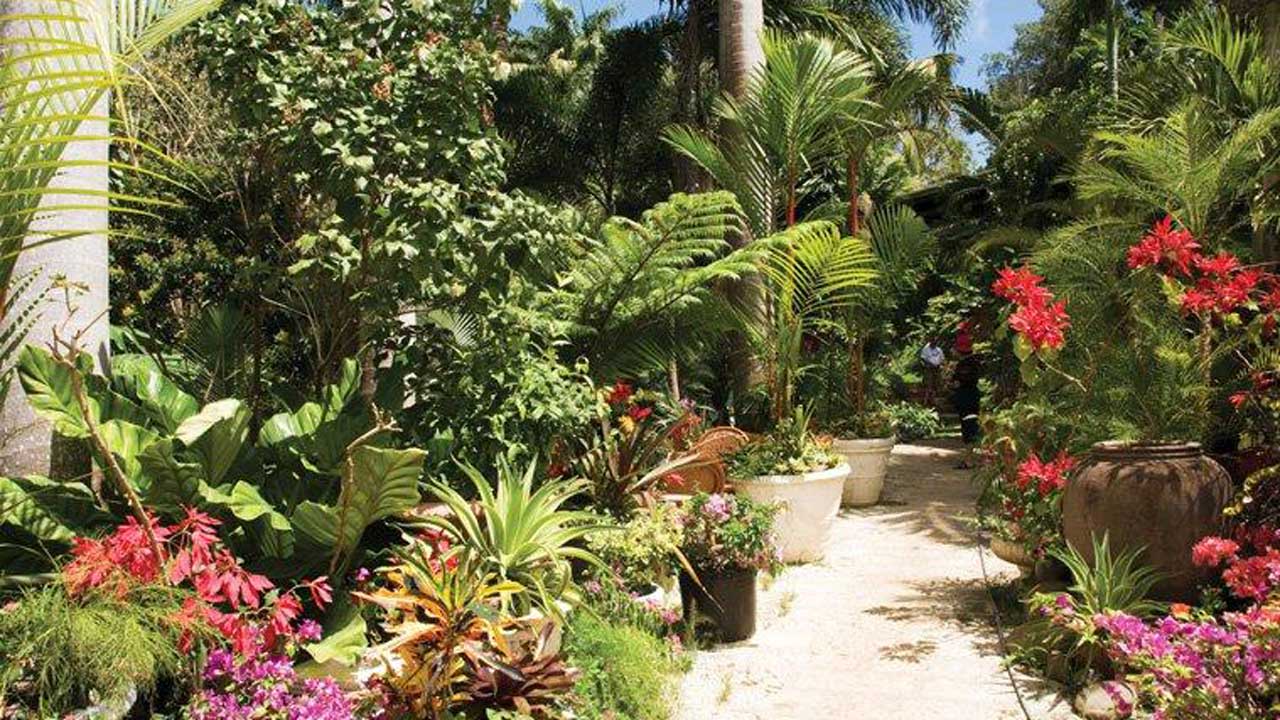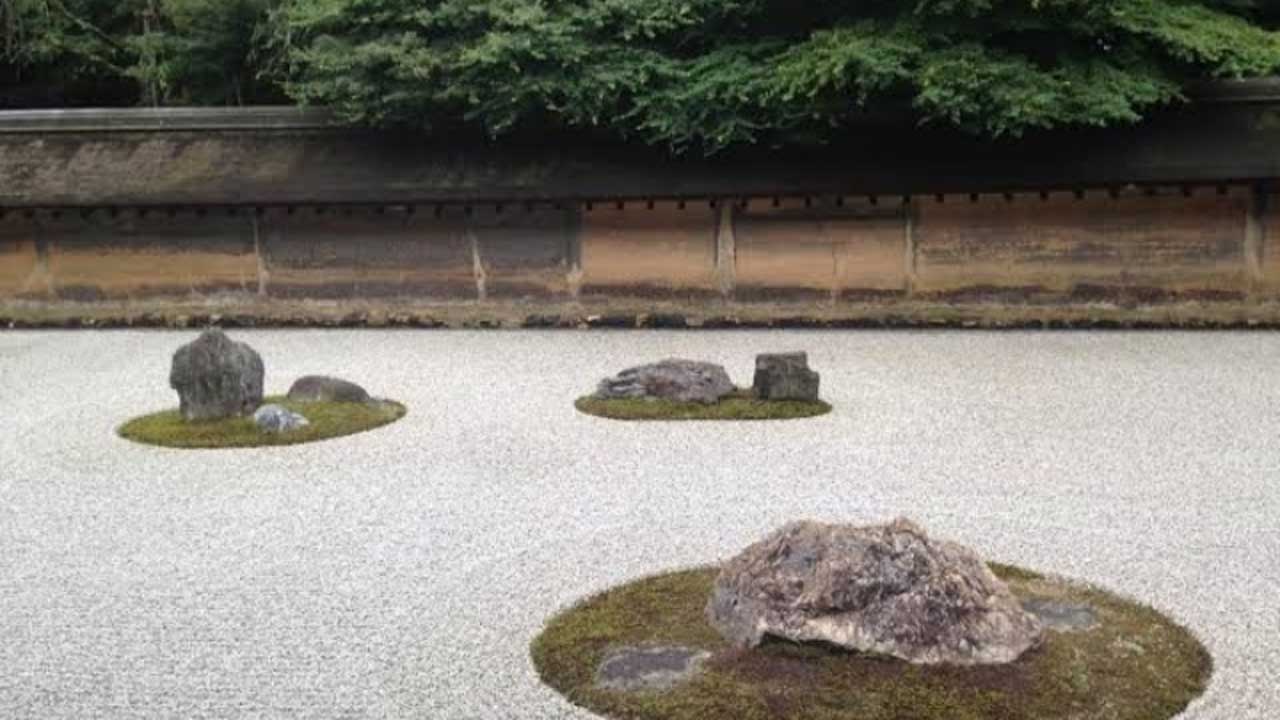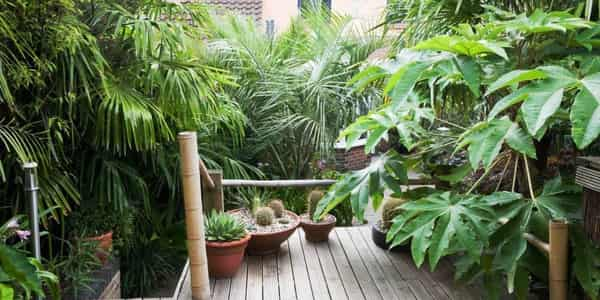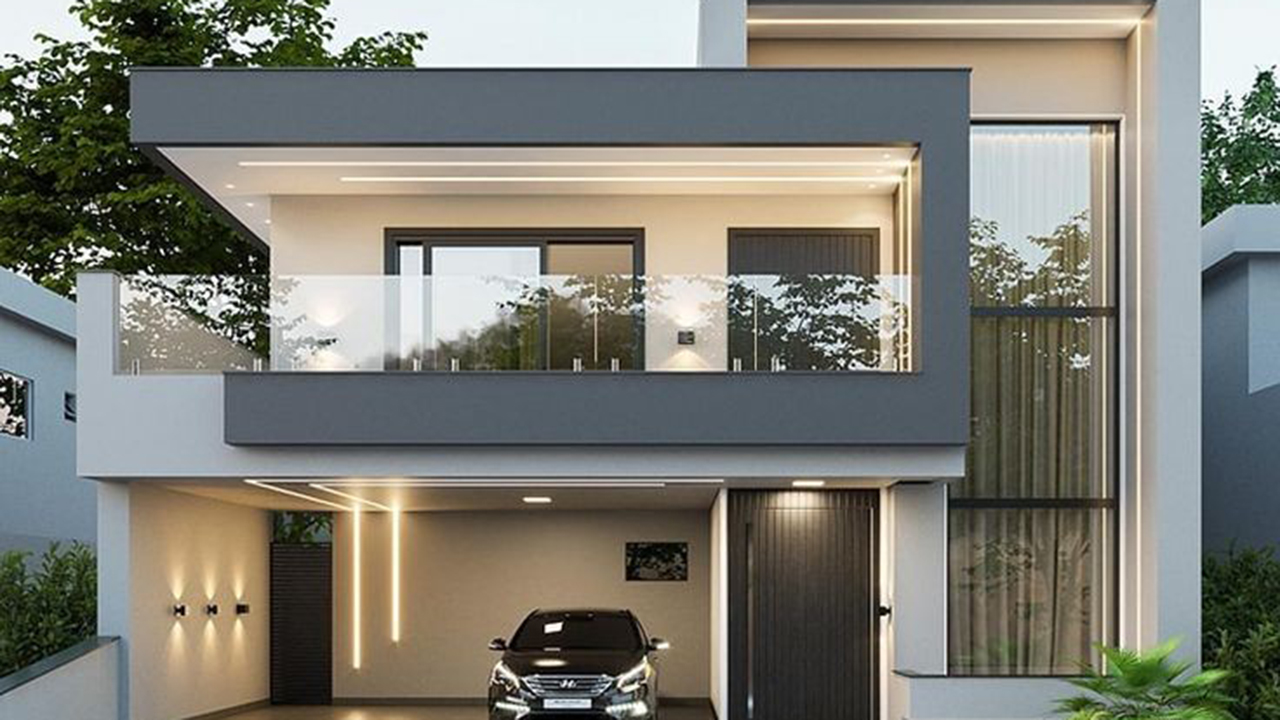 Creating a tropical garden is like an attempt to re-create the original Garden of Eden or Paradise. Tropical style gardens have a way of invoking an atmosphere that is, at once, romantic as it is exotic, with plants that are exciting, glamorous, interesting and characteristically unique, sometimes rare. Entering such a garden, one is immediately transported into a getaway place out of this world to a place of tranquil and beauty.
Creating a tropical garden is like an attempt to re-create the original Garden of Eden or Paradise. Tropical style gardens have a way of invoking an atmosphere that is, at once, romantic as it is exotic, with plants that are exciting, glamorous, interesting and characteristically unique, sometimes rare. Entering such a garden, one is immediately transported into a getaway place out of this world to a place of tranquil and beauty.
Design And Plan Layout For Functionality And Practicality
HAVING a lawn surrounded by high borders of lush foliage and plant with glamorous blooms in flashy colours seems rather a cliché in the design of tropical-style gardens. A nice grassed central space is common and pleasing for balance in design, but in an arid drought-prone climate that can be difficult, even impossible to keep alive, it can be an ethical issue using limited water reserves on grass. Alternative options will be to pave the area or apply pea gravel. You could have artificial grass, as the quality is vastly improved since its early days. You could set furniture or art installations. Ideally, you should reflect on your purpose. Is the garden simply for aesthetic enjoyment or for relaxation, a place for children and pets to play or there is a desire to fulfill all these?
Reflect on your ambitions.
FOR design ideas, you can use inspiration from other places visited in the past and use local or similar plants that will adapt well in your climate. You will be forgiven for thinking that tropical plants thrive in the heat of the sun, but you will be wrong, as they like humidity and warmth. The large dramatic leaves that feature in tropical plants require the soil to be humid at all time, so irrigation might be a must-have for some gardens. Tropical plants exposed to hot spells get their leaves scorched or burnt, as they do not like extreme weather condition (too hot or too cold). Over-watering can kill your plants as well, as it will cause roots to rot.
For Arid, Desert Climate, Establish Shade Cover First
THIS can be achieved by planting drought-proof trees, such as native Frangipani, Jacaranda, Poinsana, Tipuana and palms. Palm trees are staple backbone to exotic tropical gardens. Choose wisely, as some of the plants most tolerant to your condition may tend to be invasive and thorny. Get the shade establish first, because the typical understorey plants won’t thrive well without protection or will grow poorly for the first few years, as the harsh sun can bleach or scorch them, retarding their growth.
Once The shade Is established You Can Consider Understorey Species
THESE are the stars of the show. Some desert tropical plants suitable for use as shrubs are: cycads, agaves, flax, cacti, succulents, frangipani, yucca, cabbage palms, bromeliads, cordylines, hibiscus, bougainvillea, ferns and orchids, Strelitzia species, such as the gaint var, Nicolai, is quite drought-tolerant. Vinca species can be quite drought-tolerant and impatiens. Hanging gardens can work very well in a desert climate, provided they are adequately located and filled with moisture retaining material, like water gel crystals or organic matter. It is best to locate these out of full sun and winds, which may dry them out.
 Strategies For Temperate Climate
Strategies For Temperate Climate
THICK dense plantings will protect species from chilling winds and frost. Many palms, like Rhapis palm (Chamaedorea Radicalis) and bamboo palm (Chamaedorea Microspadix) also stand light frost. Tree ferns and bamboo are other good choices.
Some large hibiscus varieties will easily survive light frost and are useful screens. Smaller understorey choices that can tolerate mild frosts are some of the ginger family, Canna Lilies, Rum Lilies, Ferns and Cordyline Australis varieties. Mulch heavily, as thick mulch layers will reduce the likelihood of frost reaching the roots, which will kill the plants. You can also wrap foam, bubble wrap or other plastic padding around delicate or sentimentally precious species to protect them overnight, if you cannot move them. In areas with prolonged frosts, a conservatory or hot-house is the only way to go for tropical plants, as few species can tolerant the cold for too long. For cold climate, go for leave colour, texture and form, as most tropical plants require heat and humidity to flower, so you might not get this added advantage. Hydrangea, magnolia and camellia can blend in well. However, if you add dolomite lime to the soil for hydrangeas, you can get them to flower in pink, which will create a warmer feeling.
Decorative Art
TO complete the tropical look, invest in decorative art, such as Esie, Zimbabwe soap stone sculpture and other types of statuary. Rocks water features, ceramic urns and out-door lighting create another mood at night, whether it is from candles, fire pit, lanterns or subtly-placed spotlights. One of the benefits of the tropics is enjoying the evening under the stars, and you should be able to do the same in your garden. Use natural materials, such as wood, bamboo and rattan cane as furniture.






